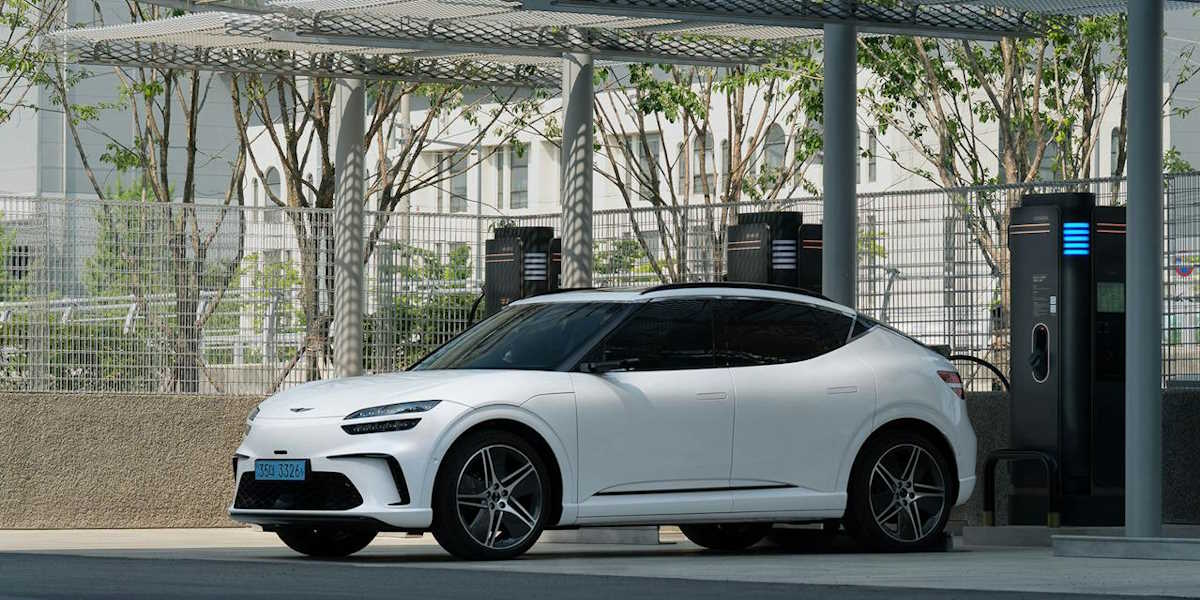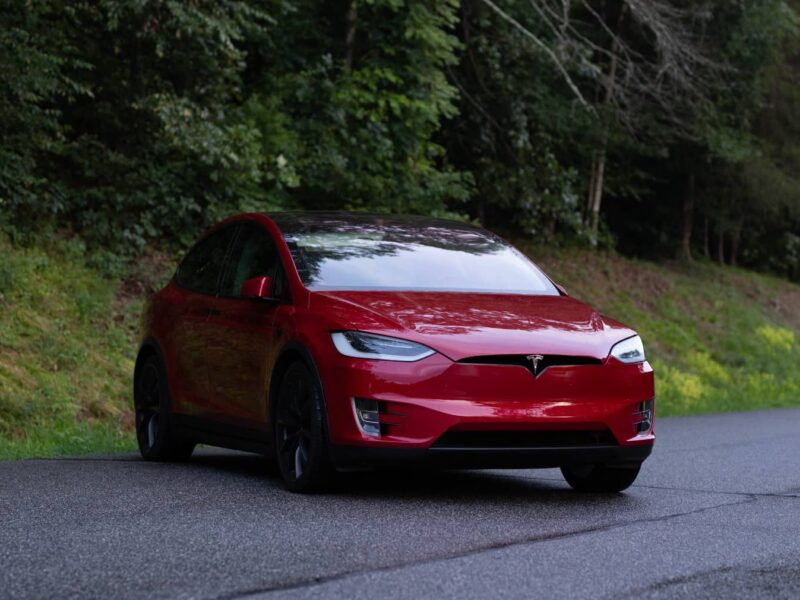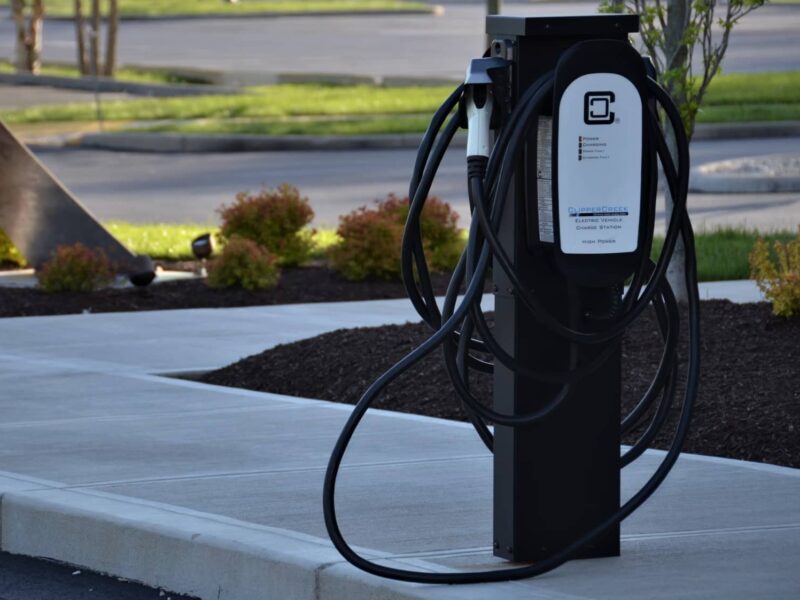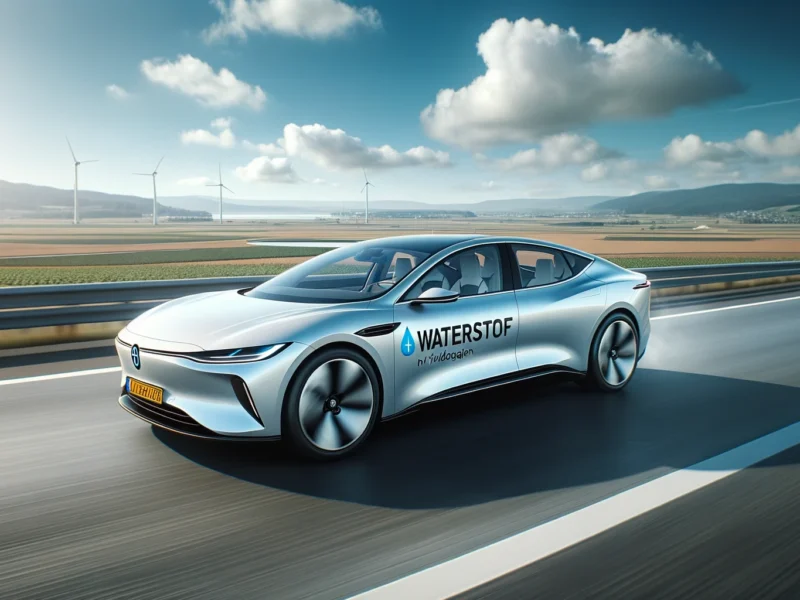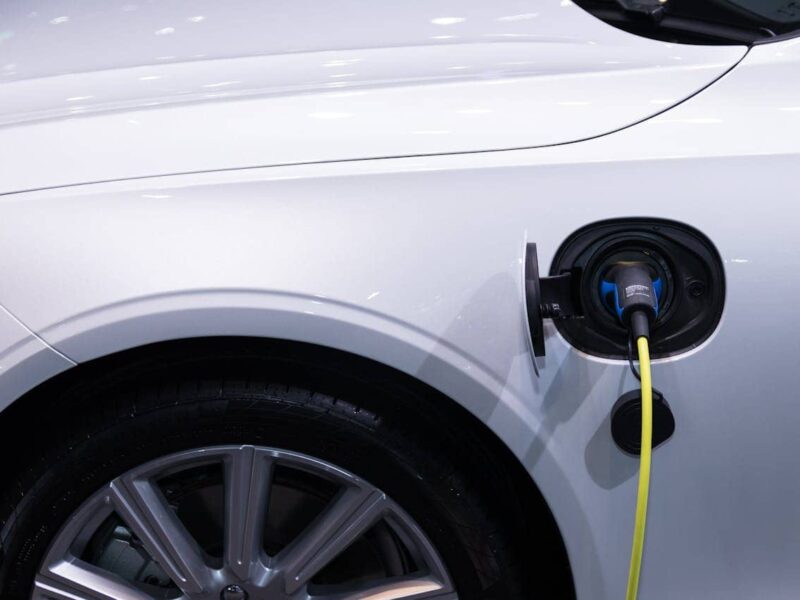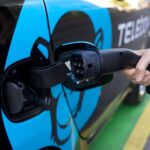Charging solutions for electric vehicles in the Netherlands
Driving electric vehicles has become increasingly common in the Netherlands. As the number of electric vehicles rises, so too does the need for reliable and efficient charging solutions. Carnews provides an overview of the available charging options and the factors influencing the charging of electric cars.
Types of charging stations and their applications
Charging stations come in various forms, each suitable for specific situations. Home charging stations are often installed at private residences and offer the option to charge the vehicle overnight. Public charging stations can be found at public car parks and along roads, enabling drivers to charge on the go. Fast chargers, which deliver higher power, are usually placed at petrol stations and along motorways, and are intended for rapid top-ups during longer journeys.
Charging capacities and charging times
The charging capacity of a station determines how quickly an electric car can be charged. Home chargers typically offer a capacity between 3.7 kW and 11 kW, resulting in charging times of several hours. Public charging stations vary in capacity, while fast chargers can deliver up to 150 kW or more, enabling vehicles to reach about 80% charge in around 30 minutes. The actual charging time also depends on the vehicle’s battery capacity and the charging speed it can handle.
Installation and connection of charging stations
When installing a charging station, the location’s electrical infrastructure must be taken into consideration. For home charging stations, it is important to check whether the fuse box has enough capacity and whether there is a suitable place for installation. With public or business charging points, factors such as grid connection, available space and accessibility play a role. It is advisable to engage a certified installer to ensure a safe and compliant connection.
Smart charging solutions and energy management
Modern charging stations often offer smart features that optimise energy management. Load balancing ensures that available capacity is evenly distributed over multiple charging points, helping prevent overloading of the electricity grid. Some systems can also be integrated with solar panels, enabling vehicles to be charged with self-generated renewable energy. In addition, some charging stations allow users to schedule charging times, so that charging takes place during off-peak hours with lower energy tariffs.
Maintenance and management of charging infrastructure
Maintaining charging stations is essential for reliable operation. Regular inspections can help to identify wear and faults in good time. For business or public charging stations, it is important to create a management plan, which includes issues such as monitoring, fault notifications and user management. Some providers offer platforms that allow the use of charging stations to be monitored and managed, which is especially useful for sites with several charging points.
Contribution to charging infrastructure
In the Netherlands, various companies are active in offering charging solutions. Ekiz Energie is one such company and focuses on supplying charging stations for both private and business use. They offer a range of charging solutions, from home chargers to systems for vehicle fleets. Their focus is on providing reliable and efficient charging solutions tailored to users’ needs.
Future developments in charging infrastructure
The charging infrastructure in the Netherlands continues to evolve to meet growing demand. Work is underway to expand the number of charging points in both urban and rural areas. Innovations such as bidirectional charging, where vehicles can return energy to the grid, are being explored and tested. In addition, ways are being found to integrate charging infrastructure into existing amenities such as street lighting and car parks, in order to further increase the number of available charging points.
